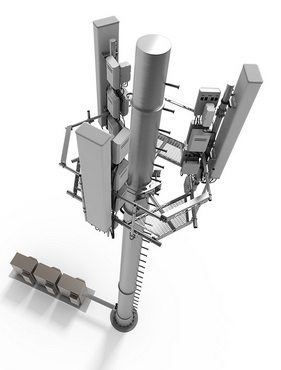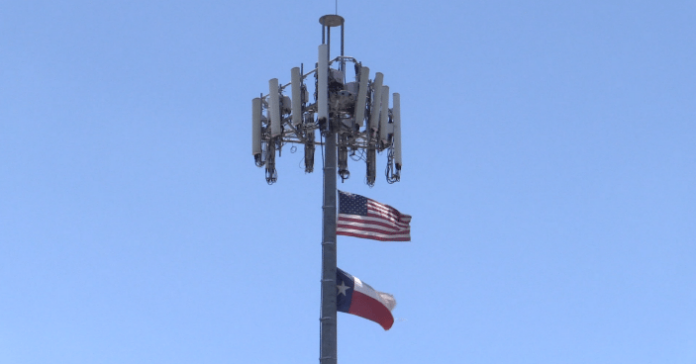 The practice of network sharing has been a recurring topic of interest in the wireless industry since it was introduced in the early 2000s. The first network sharing agreements were conceived as a way to help European wireless operatorsoffset the high cost of launching 3G service in hard-to-cover areas. Despite the potential for savings, the initial surge of interest in network sharing quickly declined as most operators opted to build their own 3G networks.
The practice of network sharing has been a recurring topic of interest in the wireless industry since it was introduced in the early 2000s. The first network sharing agreements were conceived as a way to help European wireless operatorsoffset the high cost of launching 3G service in hard-to-cover areas. Despite the potential for savings, the initial surge of interest in network sharing quickly declined as most operators opted to build their own 3G networks.
Fast forward to 2016 and network sharing is once again a common topic of conversation as operators look for more cost-effective methods to transition to 4G services including LTE and LTE-Advanced. Once again, cost pressures are driving many operators to enter network sharing talks with competitors.
According to consulting firm Coleago, “Network sharing joint ventures between mobile network operators have more than doubled in the last five years and active sharing has increased significantly as a proportion.”
As more equipment is developed to support active and passive network sharing, the options available to operators grow—increasing the complexity of the decision. This is especially true regarding the base station antenna, which is somewhat unique in that it can play a role in either passive or active network sharing arrangements.
Because a shared antenna potentially interacts with so many different RF elements—tower mounted amplifiers, smart bias tees, remote radio units, etc.—it presents a variety of technical challenges and trade-offs that must be carefully weighed by any operator considering a network sharing arrangement.
CommScope offers a new white paper titled, “Sharing an antenna doesn’t mean giving up control,” to help in your analysis. The paper provides an overview of the various network sharing models and discusses some of the key technical issues regarding antenna sharing that must be addressed.
Download the new white paper for recommendations for successful antenna sharing, and leave me a comment if you have any questions.

